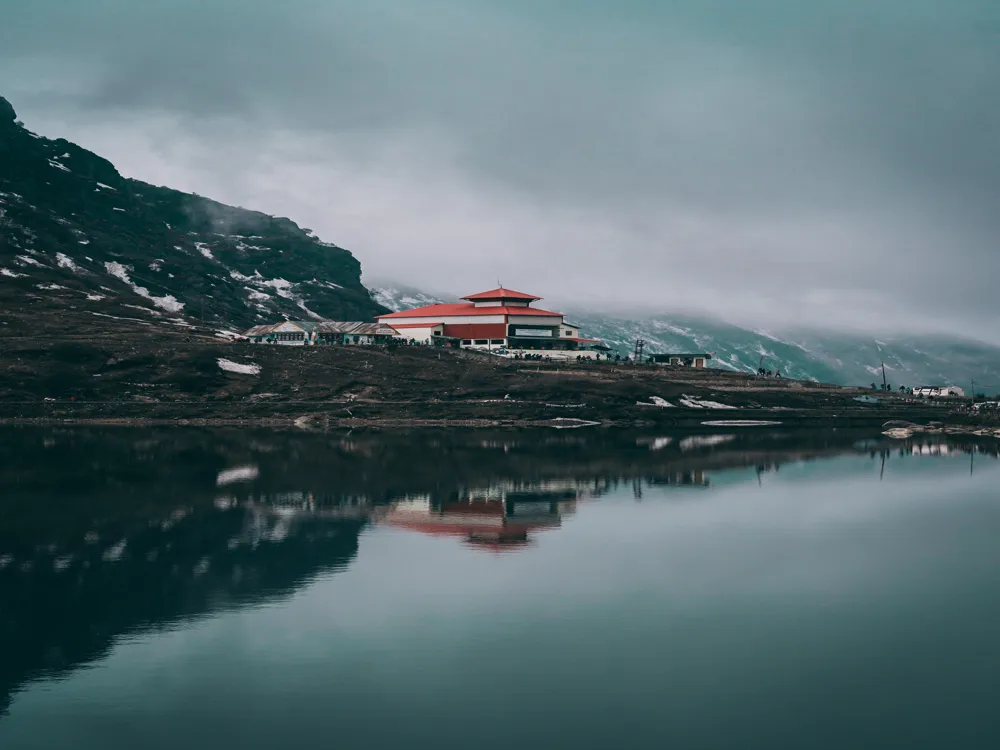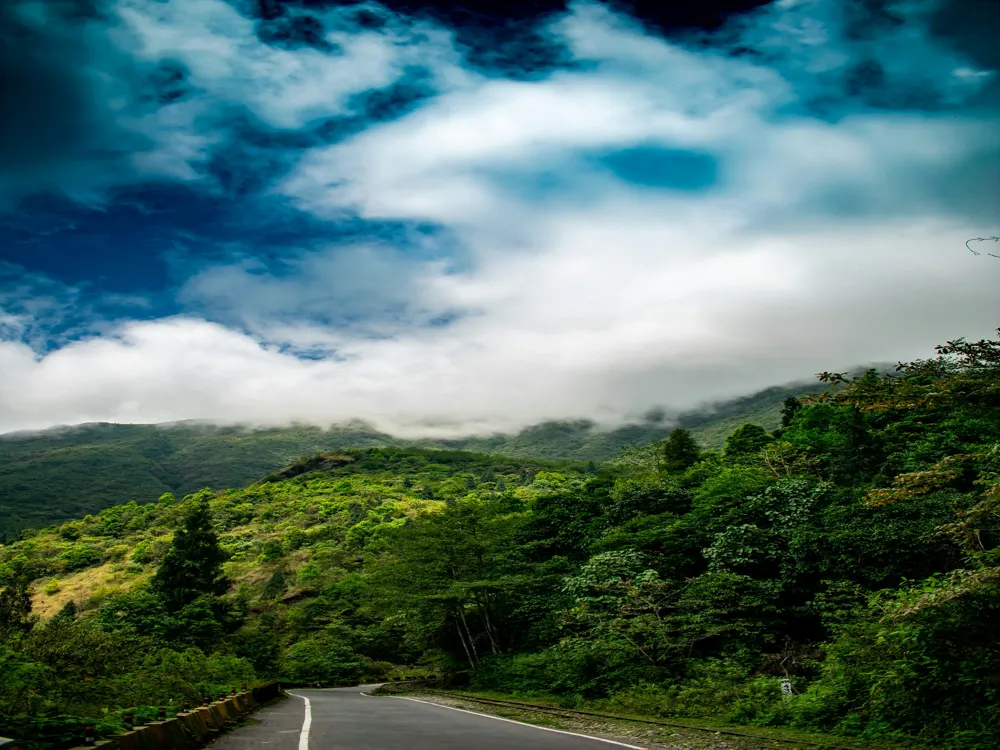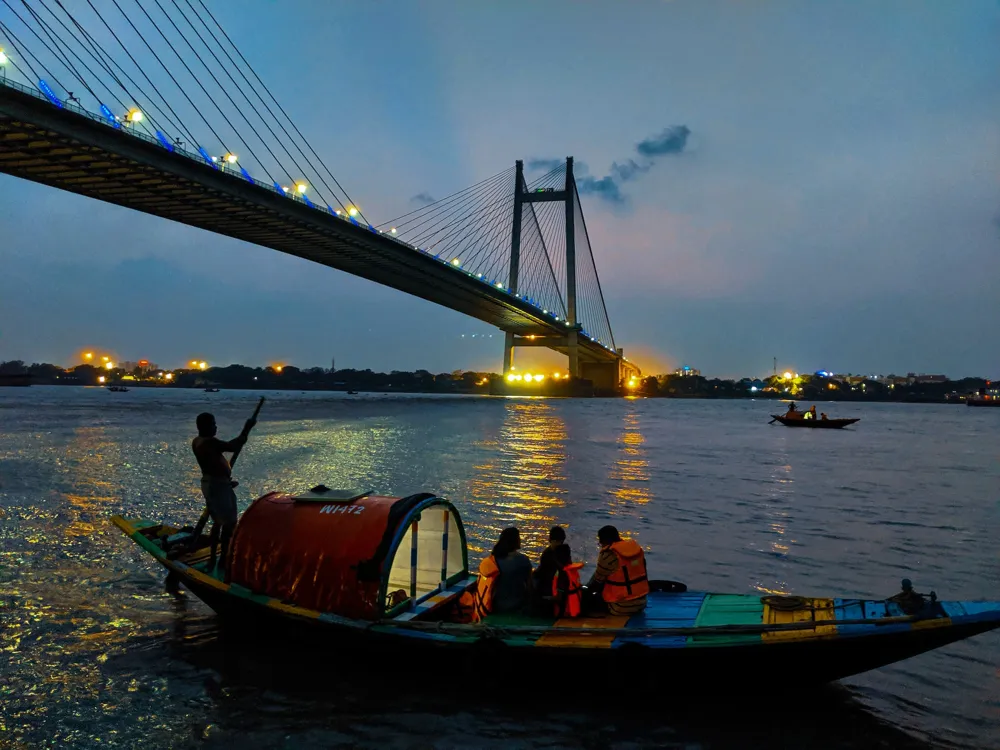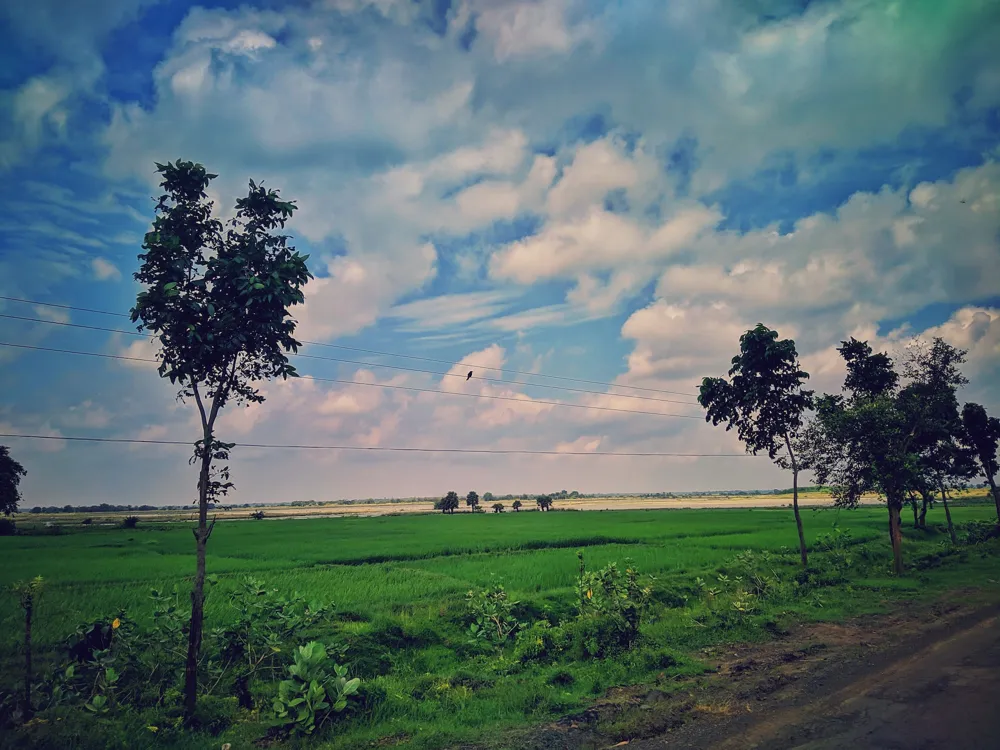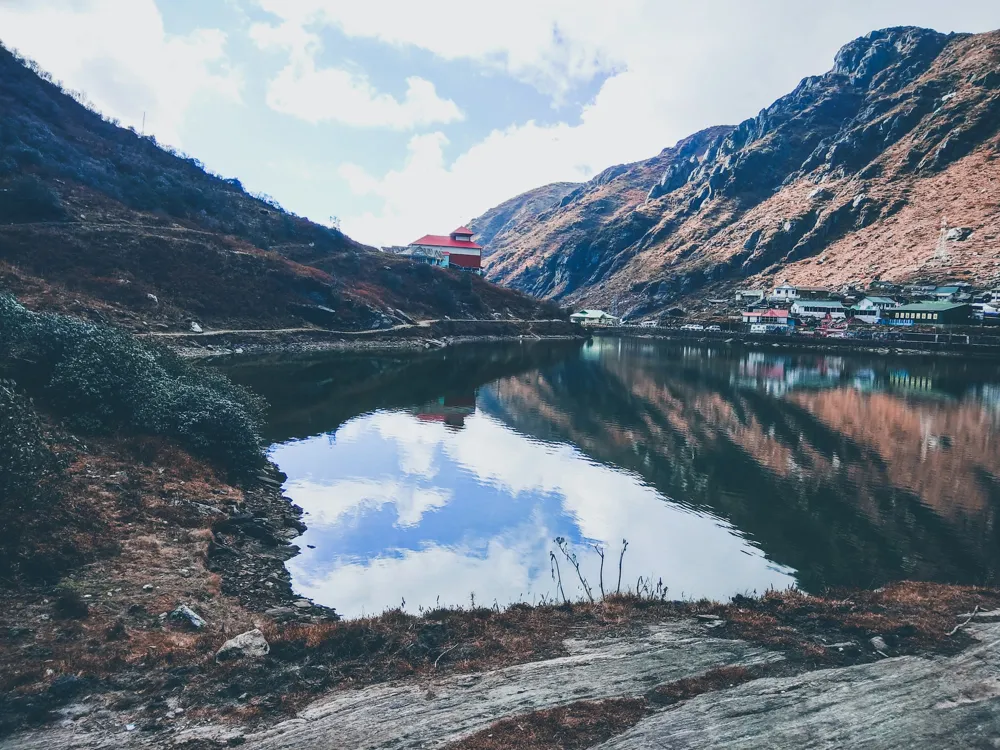Nestled in the heart of Malda, a significant city in West Bengal, the Malda Museum stands as a beacon of cultural and historical significance. This museum, a treasure trove of the region's past, offers a unique window into the rich tapestry of Bengal's history, culture, and art. The Malda Museum is not just a building housing artifacts; it is a narrative of time, showcasing the evolution of civilization in this part of India. From ancient relics to medieval scriptures, the museum houses a vast collection that tells the story of the bygone eras. The origin of the Malda Museum can be traced back to the efforts of local historians and archeologists who recognized the need to preserve the cultural heritage of the region. The museum's collection includes rare and exquisite items such as terracotta sculptures, coins from different historical periods, and remnants of Buddhist and Hindu art. One of the highlights of the museum is its extensive collection of Palaeolithic tools that offer insights into the life of early humans in this region. As you walk through the corridors of the museum, you are transported back in time. Each artifact, each exhibit, tells a story of its own, be it the evolution of script, the intricacies of ancient trade routes, or the spiritual beliefs of the people who once inhabited this land. The museum is not just a repository of objects; it is a space where history comes alive, where the past converses with the present. The role of the Malda Museum extends beyond preservation. It is an educational hub, offering insights and knowledge to students, historians, and visitors. The museum conducts workshops, seminars, and exhibitions, making history accessible and engaging to people of all ages. It's not just about viewing the past; it's about understanding our collective heritage and learning from it. In summary, the Malda Museum is more than just a building or a collection of artifacts. It is a journey through time, an educational experience, and a custodian of the cultural and historical legacy of Bengal. Its significance lies not only in what it holds but in what it represents - a bridge between the past and the present, a source of knowledge, and a testament to the rich cultural heritage of Malda and West Bengal. The Malda Museum is a masterpiece of architecture, blending traditional Bengali styles with modern design elements. The structure of the museum is a harmonious fusion of history and contemporary aesthetics, making it a visual delight and an architectural marvel. The building itself is a testament to the artistic and cultural heritage it aims to preserve and showcase. At the heart of the museum's architectural design is the concept of blending the old with the new. The exterior of the museum features traditional Bengali architectural elements, including terracotta panels and intricate wood carvings, which are reminiscent of the rich cultural history of Bengal. These elements are seamlessly integrated with modern design practices, creating a building that is both timeless and contemporary. The interior of the Malda Museum is equally impressive. The layout is designed to facilitate an immersive experience, guiding visitors through different eras and cultures. The use of space, lighting, and display techniques enhances the visual appeal of the exhibits, making each artifact stand out. The museum also incorporates state-of-the-art technology for conservation and display, ensuring that the artifacts are preserved in their original glory. One of the unique features of the Malda Museum's architecture is its focus on sustainability. The building is designed to be energy-efficient, with natural lighting and ventilation systems that reduce its carbon footprint. The use of local materials in construction not only adds to the aesthetic appeal but also promotes sustainable practices. In conclusion, the architecture of the Malda Museum is a blend of history, art, and modernity. It stands as a symbol of Bengal's architectural heritage while embracing contemporary design and sustainability. The building is not just a shell for the artifacts; it is an integral part of the museum's identity, adding to the narrative of the history and culture it represents. Before visiting the Malda Museum, it's advisable to check the museum's official website or contact them for the latest information on opening hours and any special events. Planning your visit during non-peak hours can offer a more serene experience. Also, consider the local weather and dress accordingly, as Malda can experience hot summers and cooler winters. CarryOverview of Malda Museum, Malda, West Bengal
Architecture of Malda Museum
Tips When Visiting Malda Museum
Planning Your Visit
What to Bring
Malda Museum
Malda
West Bengal
NaN onwards
View malda Packages
Malda Travel Packages
View All Packages For Malda
Top Hotel Collections for Malda

Private Pool

Luxury Hotels

5-Star Hotels

Pet Friendly
Top Hotels Near Malda
Other Top Ranking Places In Malda
View All Places To Visit In malda
View malda Packages
Malda Travel Packages
View All Packages For Malda
Top Hotel Collections for Malda

Private Pool

Luxury Hotels

5-Star Hotels

Pet Friendly







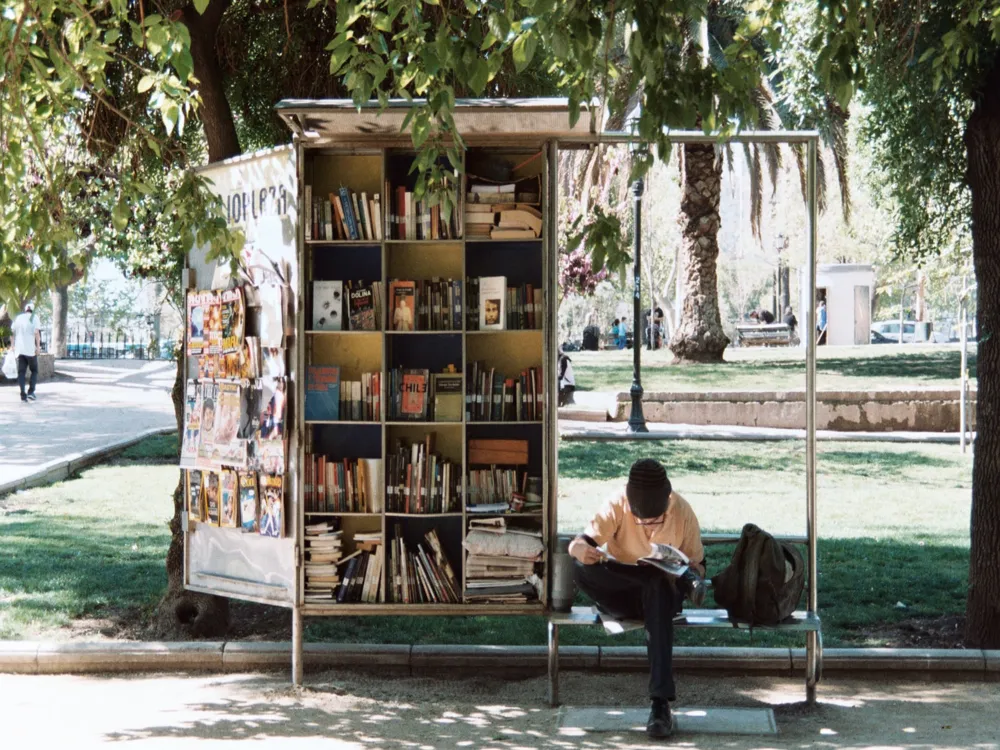
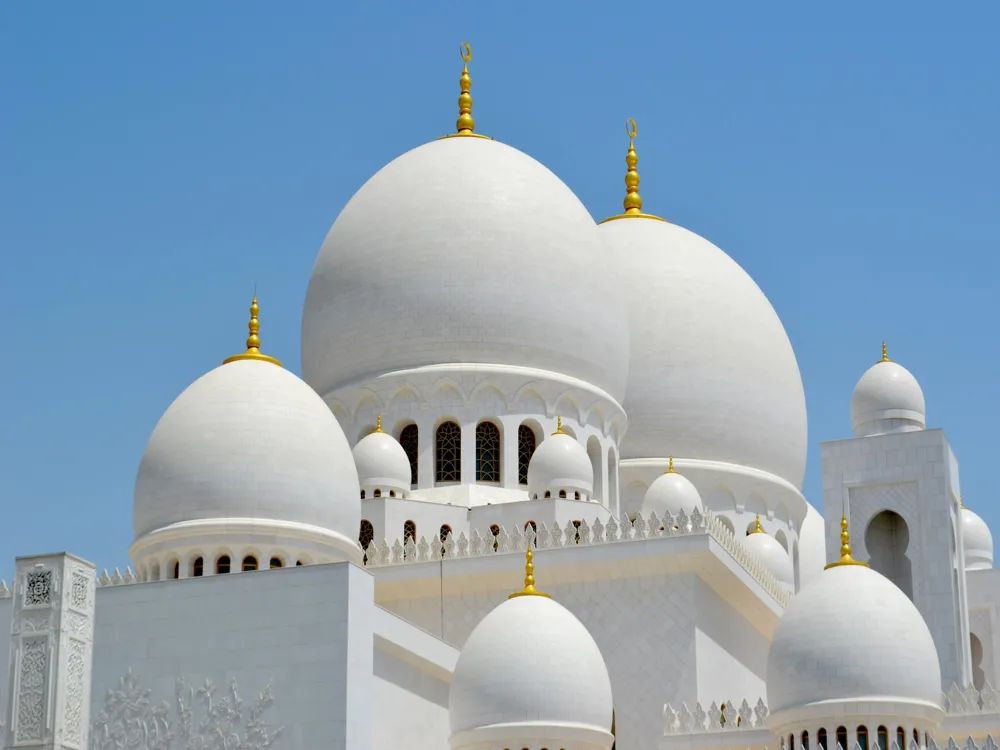
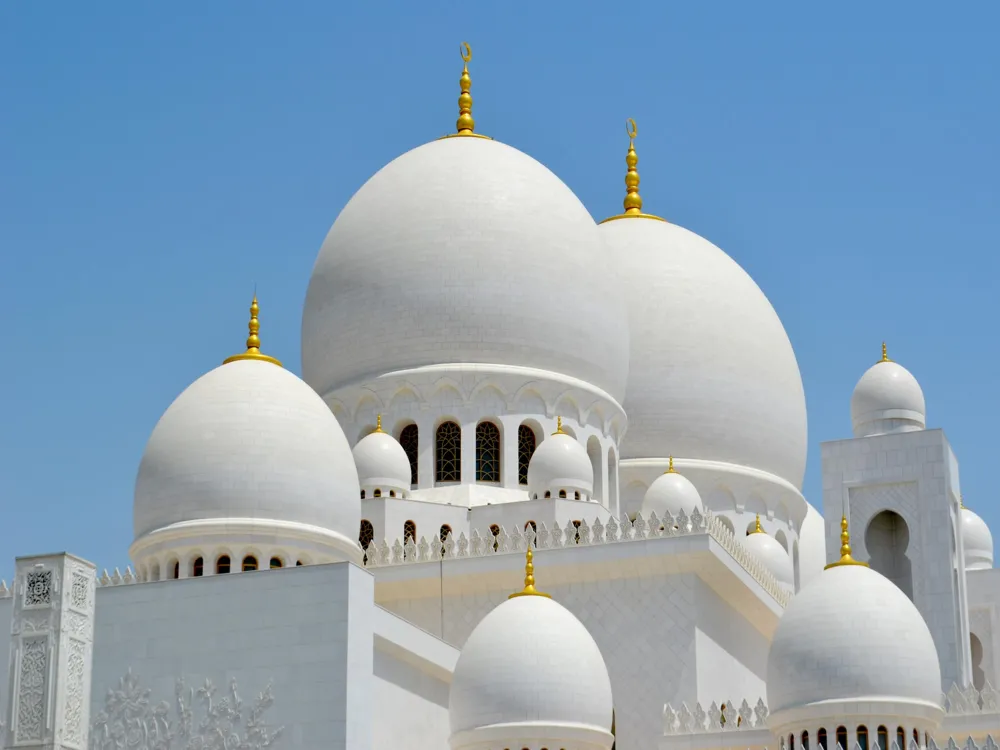
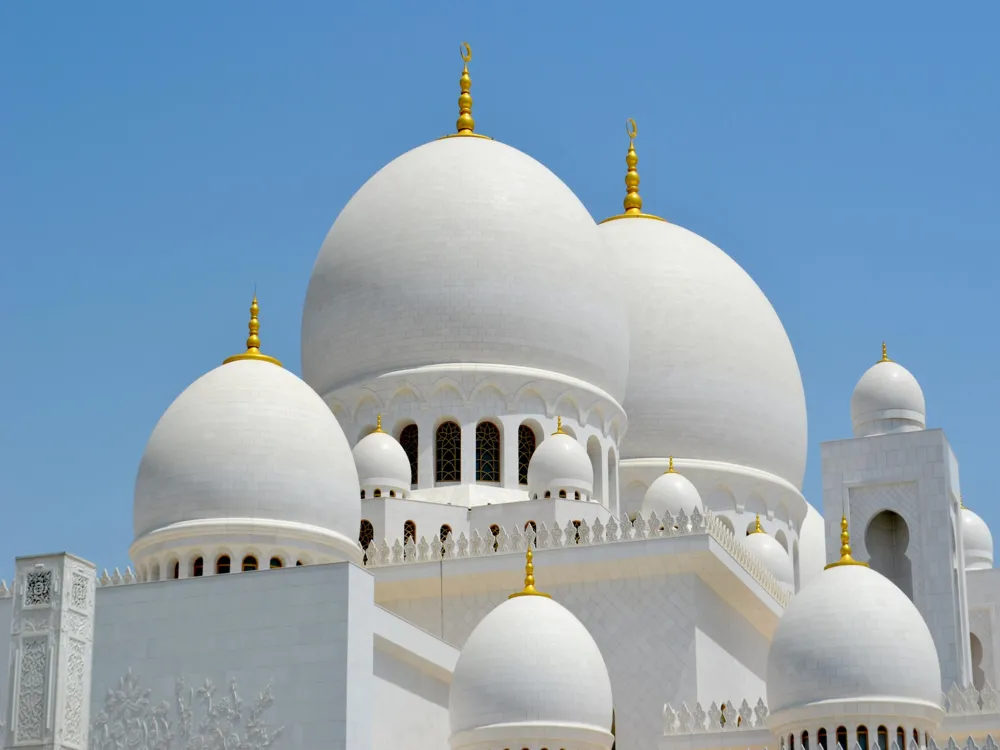

/eklakhi-mausoleum-pandua-slider-1.webp)
